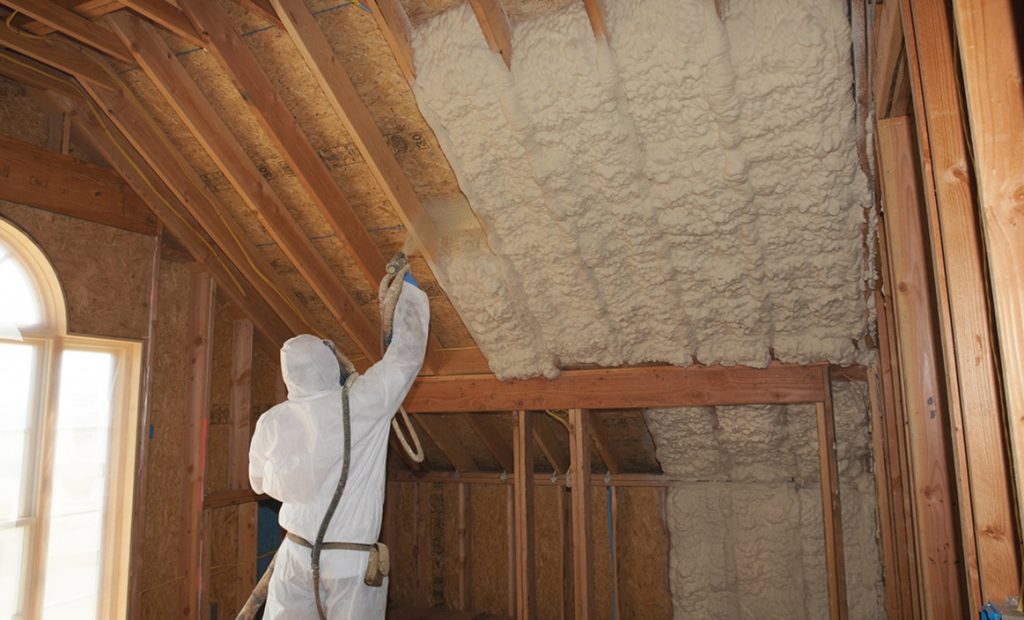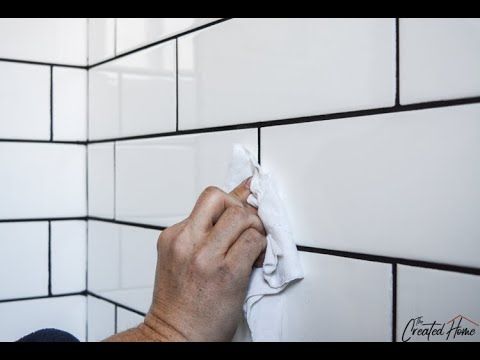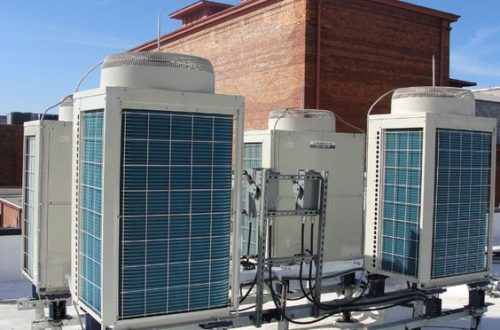
Insulation and Indoor Air Quality: Considering Health and Ventilation
As we strive to build healthier homes, we must consider how indoor air quality impacts our families and what improvements can be made. The choice of insulation material is a big part of the equation when it comes to keeping your home safe and comfortable, as certain insulations can affect ventilation levels and the air quality within your home.
With this in mind, today we’ll explore how different types of insulation contribute to healthy living spaces – from including passive ventilation into your design to minimizing airborne pollutants and moisture in the long run – all while keeping energy efficiency top-of-mind.
How Insulation Impacts Indoor Air Quality
Insulation and its impact on indoor air quality are often overlooked aspects of home health. Yet, the type of insulation you choose can significantly influence the air you breathe within your living spaces.
By creating a barrier between the interior of your home and the outdoors, insulation helps maintain comfortable temperatures. It influences indoor air quality by affecting ventilation and the presence of pollutants.
Understanding the relationship between insulation and indoor air quality can allow you to make more informed decisions about creating a healthier and safer home environment.
Insulation and Mold Management
Mold and mildew growth is often caused by excessive moisture buildup, meaning proper insulation is critical in controlling the humidity levels within your home.
Certain insulations, such as closed-cell foam and fiberglass batts, are designed to manage better humidity levels.
These materials prevent water from entering walls and spaces while keeping warm air inside during cooler months. Additionally, vapor barriers are significant for controlling moisture flow into and out of walls and spaces.
Insulation and Pollutant Mitigation
Insulation also helps reduce the presence of hazardous pollutants such as particles from tobacco smoke, chemicals, and other air contaminants. High-density fiberglass insulation is particularly effective because it can trap dangerous airborne particles and prevent them from circulating through your home.
However, this type of insulation can also reduce natural ventilation and lead to moisture buildup in certain areas.
To offset this problem, consider passive ventilation systems such as air-to-air heat exchangers or an HRV (Heat Recovery Ventilator), which will help keep your space healthy without sacrificing energy efficiency.
Ventilation and Energy Efficiency
Ultimately, creating a balance between energy efficiency and ventilation is key when it comes to insulation and air quality. Without proper ventilation, indoor air can become stale and unhealthy, as pollutants are allowed to build up over time.
On the other hand, too much ventilation can be wasteful in energy consumption and lead to higher monthly utility bills.
Fortunately, several modern solutions can help you create a healthy home environment without compromising energy efficiency.
FAQ
What kind of insulation is recommended for controlling humidity and dust particles in the air?
High-density fiberglass insulation is an excellent option for controlling humidity levels and trapping airborne pollutants like dust. Additionally, vapor barriers can help prevent moisture flow in and out of walls or spaces.
For maximum effect, it’s best to combine these materials with passive ventilation systems like an HRV (Heat Recovery Ventilator) to ensure a healthy home environment without sacrificing energy efficiency. iFOAM in O’Fallon, Missouri can answer all your questions regarding the best type of insulation for maximizing indoor air quality.
How does indoor air quality affect health?
Poor indoor air quality can have a severe impact on health. Poor ventilation and the buildup of pollutants such as dust, chemicals, tobacco smoke, and other contaminants in the air can lead to respiratory ailments and other long-term medical issues such as asthma.
Additionally, inadequate insulation can lead to mold growth due to excessive moisture buildup in certain areas, further contributing to health risks.
By understanding the relationship between insulation and indoor air quality, you can make informed decisions that help create a healthier home environment for your family.
In Conclusion
The relationship between insulation and indoor air quality is important to consider when building or upgrading your home. By understanding the various types of insulation available and how they impact ventilation levels, you can create a healthier living space that doesn’t compromise energy efficiency.
Additionally, make sure to research local insulation companies for assistance in finding the best options for your needs to ensure a healthy and safe indoor environment for your family.
For more inspiration on home decor and design, check out home motivated.



